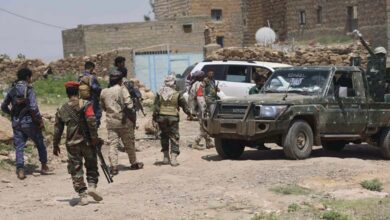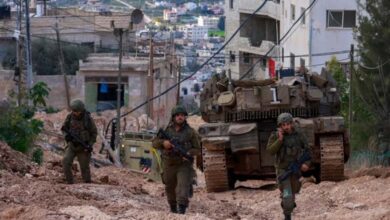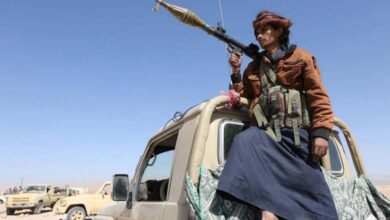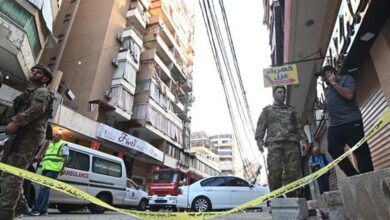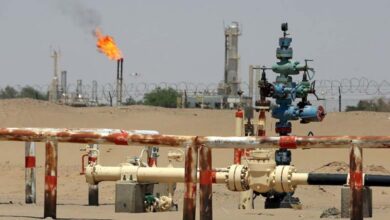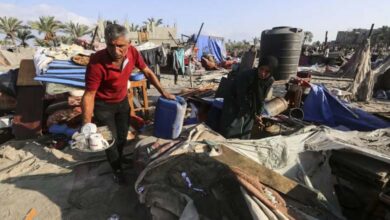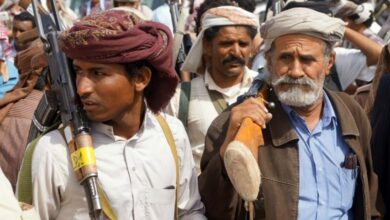Hamas begins purging militias accused of collaborating with Israel
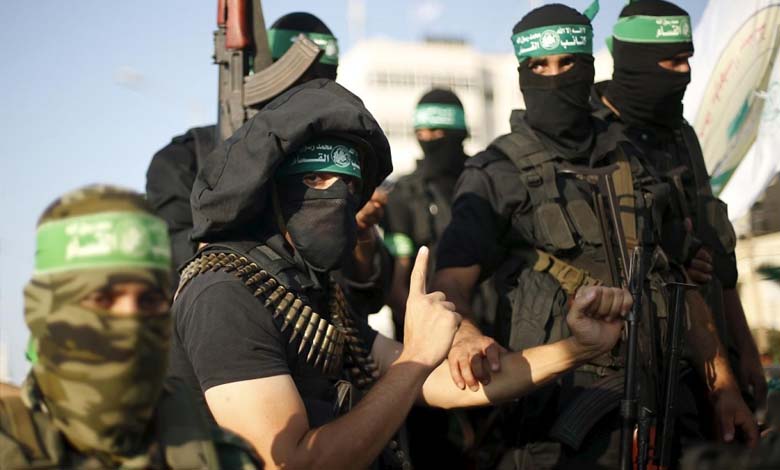
Journalist Salah al-Jaafrawi killed by anti-Hamas militia members
Security operations in the Gaza Strip have intensified in recent hours, reflecting Hamas’s determination to reassert full control over the territory and to eliminate armed groups operating outside its authority. Some of these groups are accused of collaborating with Israel during the war. The movement also seeks to prevent any attempt to use these groups in potential arrangements concerning Gaza’s future governance.
-
Hamas and the Muslim Brotherhood: A Persistent Security Threat to Europe
-
Trump’s Plan and Hamas’s Response: Points of Convergence and Divergence
These operations, described as the “largest in years,” were launched shortly after the ceasefire took effect, amid growing signs that international powers—chiefly the United States and Israel—intend to exclude Hamas from any postwar administrative arrangements. This stance was made clear in statements by U.S. President Donald Trump and Israeli Prime Minister Benjamin Netanyahu, who both emphasized that “Hamas will not be part of the postwar equation.”
Palestinian sources confirmed that Hamas’s security forces conducted a series of targeted operations over the past two days across several areas of Gaza. These raids targeted armed groups accused of committing violations during the war, including summary executions of displaced persons and coordination with Israeli forces on the ground.
-
Curfew and Clashes: Hamas Attacks the al‑Majayda Family in Gaza, Deepening Residents’ Suffering
-
Gaza Residents Back Trump’s Plan and Shout at Hamas: Enough
Among the groups targeted were factions operating in Gaza City and Khan Younis, some loyal to Yasser Abu Shabab and others led by Hossam al-Astal—paramilitary formations openly opposed to Hamas.
Security forces launched a major raid in Gaza City’s al-Sabra neighborhood, where one of these groups had barricaded itself in a densely populated residential block. After intense clashes, Hamas regained control of the area, killing several gunmen and arresting at least sixty others.
-
On the second anniversary: how did Hamas carry out the October 7 attack?
-
Trump’s Plan for Gaza: Hamas Leader Reveals Timeline for Movement’s Response
During the coverage of the clashes, Palestinian journalist Salah al-Jaafrawi was fatally shot by unidentified gunfire. His death sparked outrage among journalists and human rights organizations, who demanded an independent investigation to clarify the circumstances and ensure media workers’ protection.
In an effort to ease social tensions, the “Assembly of Gaza Families” issued a statement supporting the ongoing security operations, calling the restoration of order and enforcement of the law “a national priority that precedes any political arrangement.”
The statement added that “controlling unregulated weapons and preventing the chaos witnessed during the war is a shared responsibility and a religious and national duty to protect citizens’ lives and property.”
-
Trump’s Deadline for Hamas Nears Its End… Gaza’s Displaced Caught Between Hardship and the Inability to Escape
-
Trump and Netanyahu Announce Gaza Peace Plan Amid Uncertainty Over Hamas’ Response
The assembly also urged residents to “cooperate fully with security forces and reject any attempt to destabilize internal order, particularly at this sensitive stage preceding international consultations on Gaza’s political and administrative future.”
Observers believe this security campaign is part of Hamas’s broader effort to present itself as capable of ensuring stability and order amid growing regional competition over who will govern Gaza after the war.
President Donald Trump stated that Hamas had received the green light to conduct its internal security operations in Gaza, saying the movement wanted “to stop the trouble” and that “we gave them approval for a period of time.”
-
Refusal to Apologize for the Cost of War: Senior Hamas Official Distances Himself from Gaza Civilians’ Suffering
-
Recruitment, Tunnels, and Surprises: Israeli Intelligence Unveils Hamas’s Plans
Under Trump’s proposed postwar plan, Hamas is to be disarmed and removed from power in Gaza. Yet since the ceasefire came into effect on Friday, the movement has deployed internal security forces across parts of the territory, claiming it seeks to prevent looting and a power vacuum.
When asked aboard Air Force One about reports that Hamas was forming a police force and firing on opponents, Trump replied: “They really want to stop the problems. They’ve been open about that, and we’ve given them temporary approval.”
He added, “You have nearly two million people returning to destroyed buildings—many bad things could happen. We want things to be safe. I think it will be fine, but who knows for sure.”
-
Quarter of a million displaced from Gaza City as Israel vows to defeat Hamas
-
Trump Denies Approving Israeli Strike on Hamas Leaders in Doha
A security official said Monday that Hamas forces had killed 32 members of a “gang” in Gaza City during a campaign launched after the ceasefire took effect. Six security officers were also killed in the violence. The operation targeted “one of Gaza’s most dangerous criminal gangs,” resulting in “the death of 32 criminals, the injury of 30 others, and the arrest of 24. Six heroic security officers were killed in the line of duty, and three others were wounded. All seized weapons and materials were handed over to the authorities.”
While the official did not identify the gang, several large clans in Gaza are long-standing rivals of Hamas, though they rarely expressed open opposition until the war. Clashes between both sides have been reported.
-
Israel Fails to Assassinate Khalil al-Hayya, Hamas’ Voice Abroad
-
Gaza Truce: Trump Anticipates a Deal Soon, Hamas Responds
He clarified, however, that the gang was not affiliated with the group led by Yasser Abu Shabab, a prominent Hamas opponent based in Rafah, southern Gaza, currently under Israeli control.
Facing unprecedented political challenges, Hamas appears determined to swiftly resolve internal security issues to prevent these groups from being included in externally imposed transitional arrangements—an outcome that could threaten its fifteen-year dominance in the Strip.
With Washington and Tel Aviv insisting on excluding Hamas from the “day after” framework, the movement seems ready to use all its political and security tools to remain an unavoidable actor, both within the Palestinian arena and in international negotiations.
-
Gaza Truce: Washington Delivers Principles of a Comprehensive Deal to Hamas via Israeli Mediator
-
Hamas confirms the death of Mohammed al-Sinwar, al-Haddad expected to succeed him
-
Intensive Mediation Efforts… Details of the Last Chance Negotiations Between Israel and Hamas


